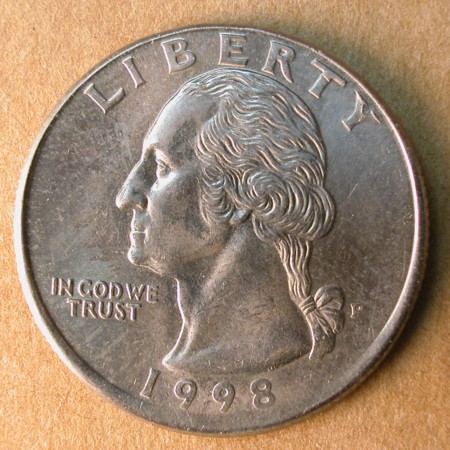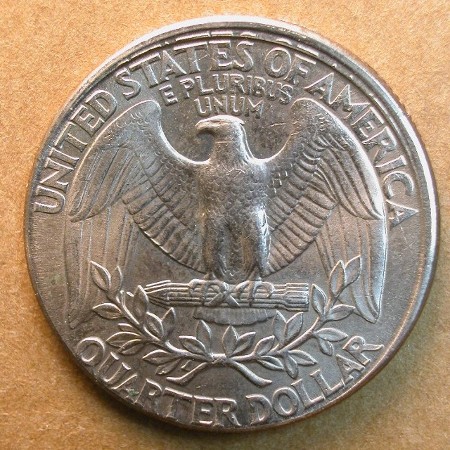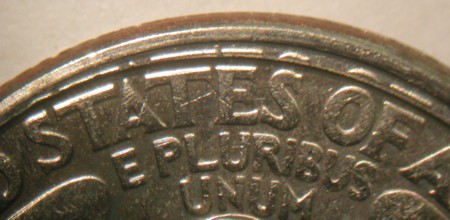Part VI: Striking Errors:
Stutter Strikes:
Stutter Strike Type I
Definition: A stutter strike occurs when the hammer die makes transient contact with a planchet without there being any resistance provided by the anvil die. Resistance is provided by other means. After the initial light contact, the hammer die completes its downstroke in a position medial to the site of original contact. The stutter strike is restricted to a thin outlying crescent that is sharply demarcated from the adjacent complete design. Directly opposite the stutter strike, on the face struck by the anvil die, the original surface of the planchet persists unaltered.
In a Type I stutter strike resistance is provided at one pole by a stiff but still somewhat mobile collar. It’s surmised that the die, die assembly, or collar has to be loose as well because stiff collar errors are common but stutter strikes are not. After the collar gives way, the hammer die completes its descent in a position slightly medial to the original point of contact. The thin outlying crescent will be abruptly demarcated from the adjacent complete design. The die-struck crescent will, at best, contain the tips of peripheral letters.



This 1998-P quarter shows a Type I stutter strike on its reverse face. The coin was struck by inverted dies, meaning that the reverse die was the hammer die. The planchet was fed into the striking chamber in a slightly off-center position, with the southern pole of the obverse face resting on the lip of the collar or against its beveled entrance. The collar resisted being depressed for a split second, allowing some die-struck letters to form at the periphery of the planchet. This also produced a weak, sloping shoulder on the obverse face. The collar then collapsed, allowing the hammer die to complete its downstroke without further warping the planchet. The coin shows a partial collar error next to the stutter strike.